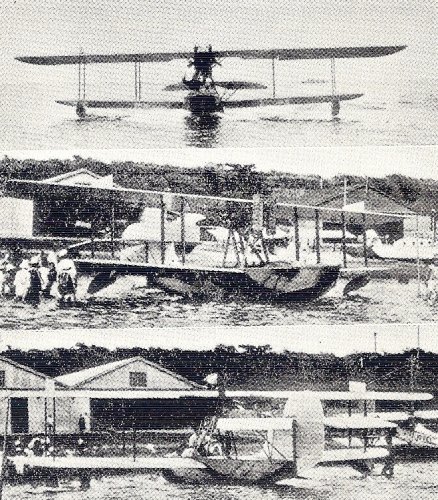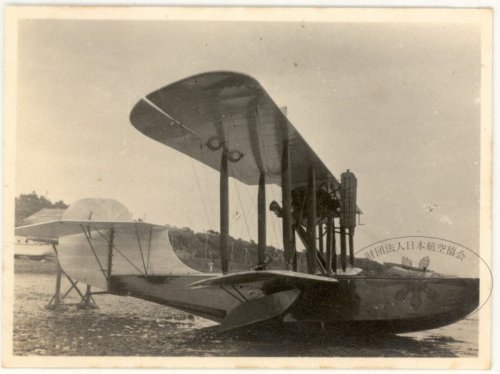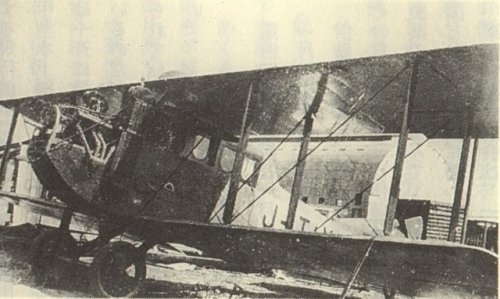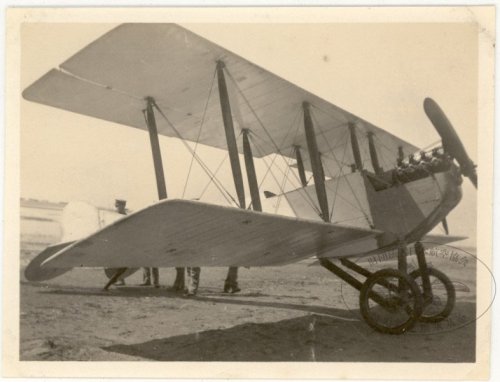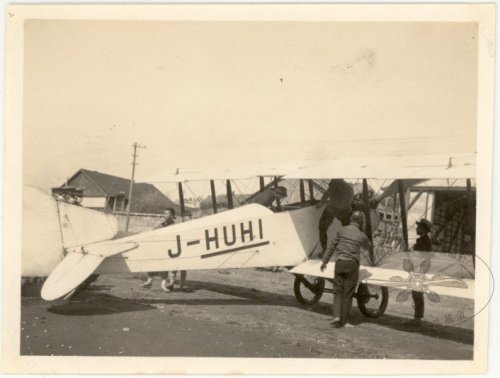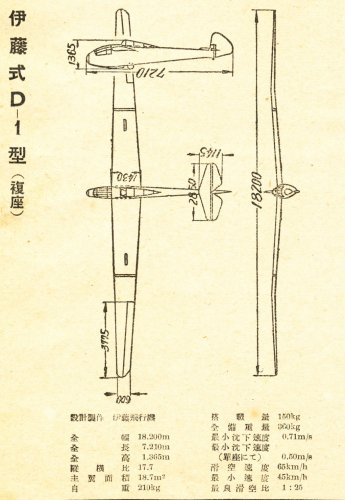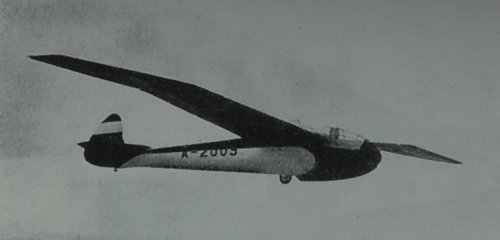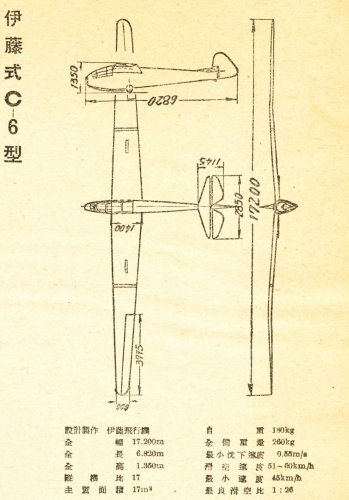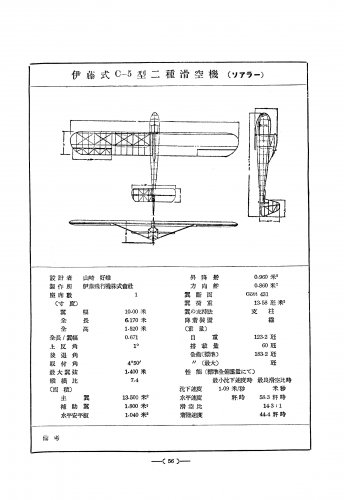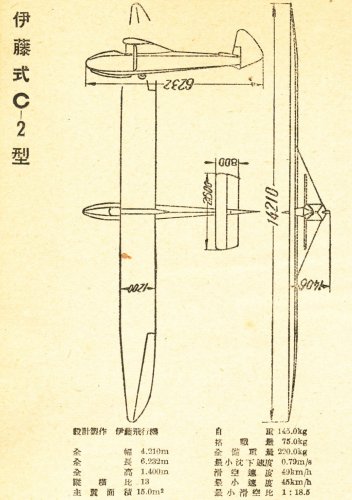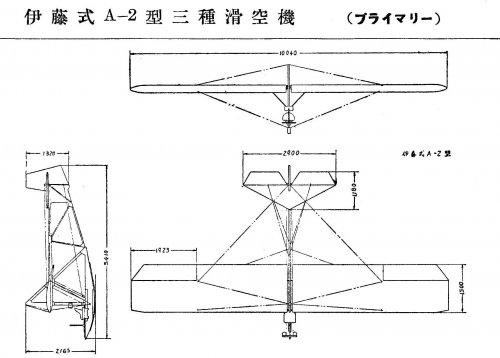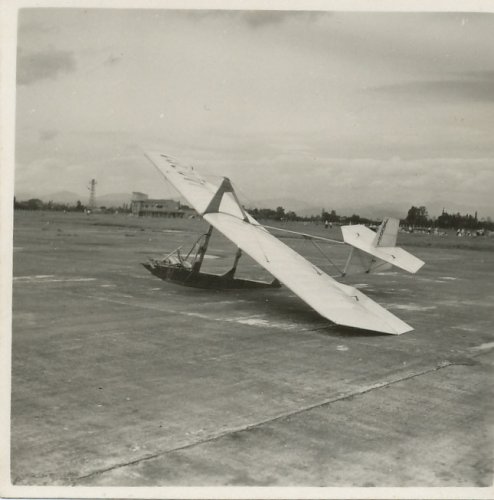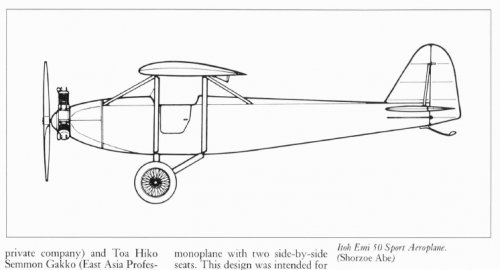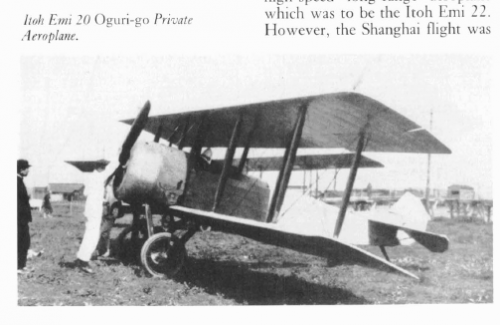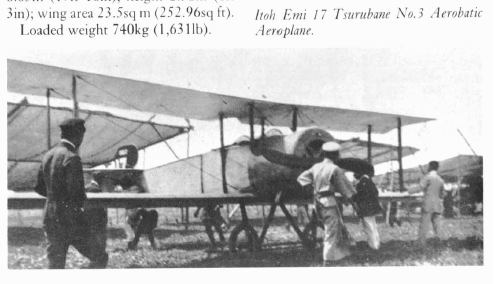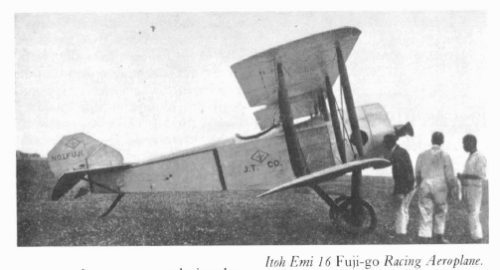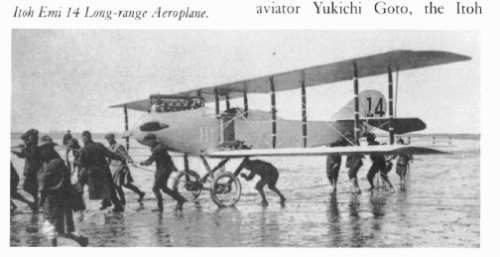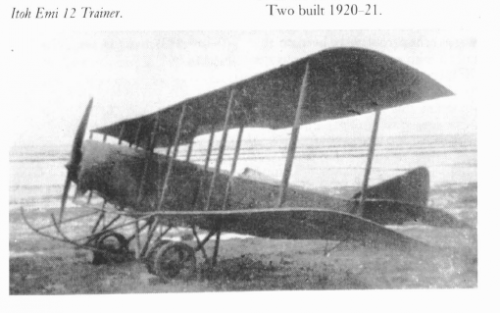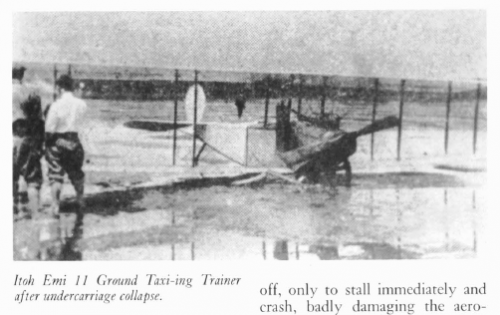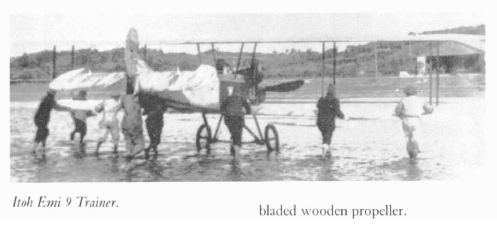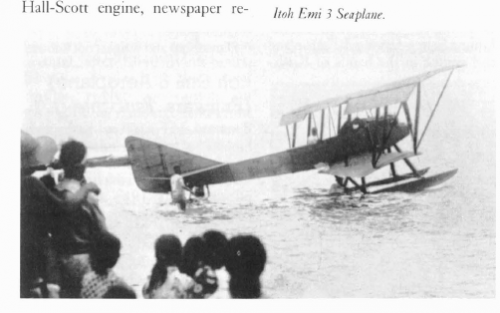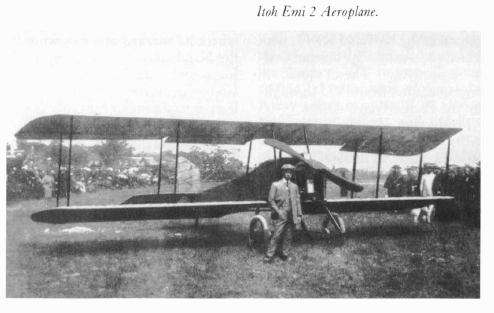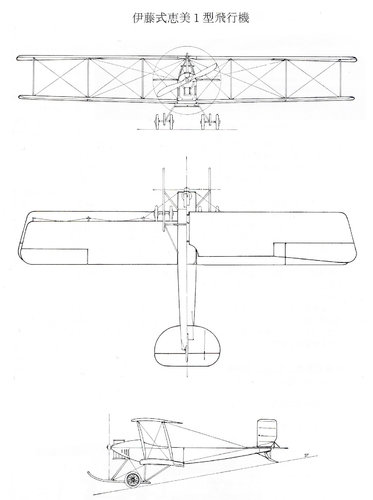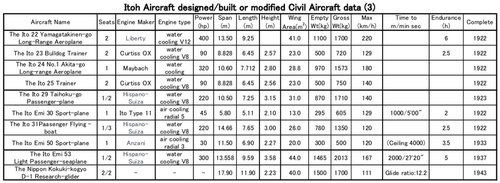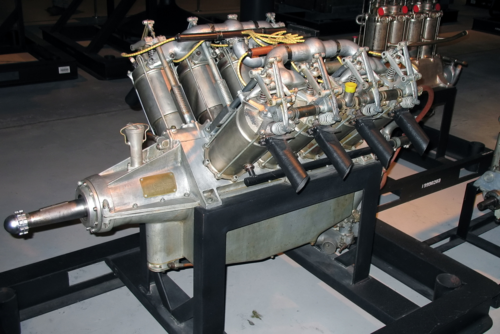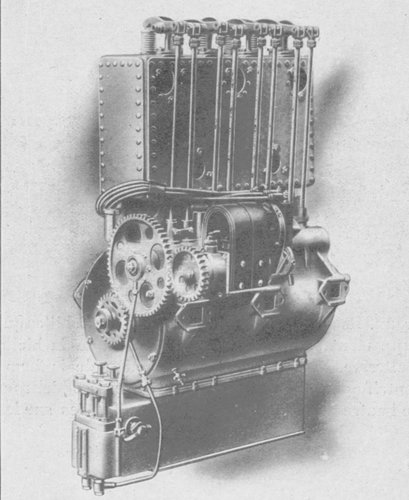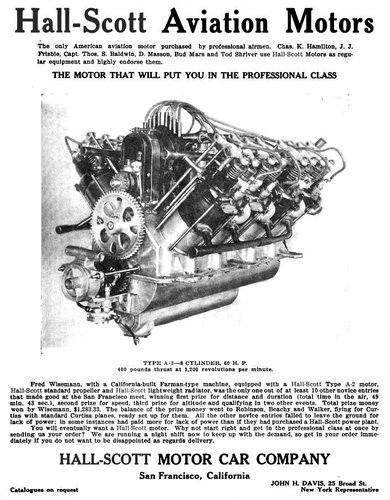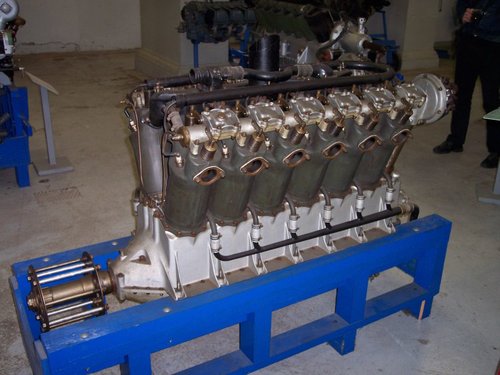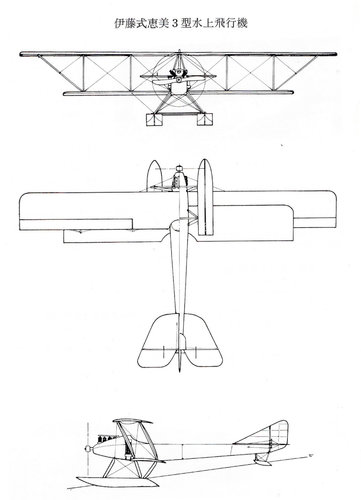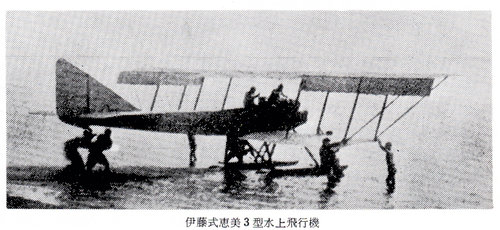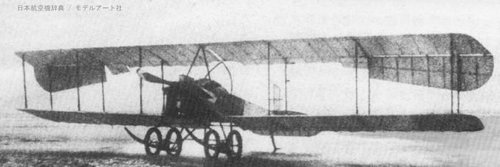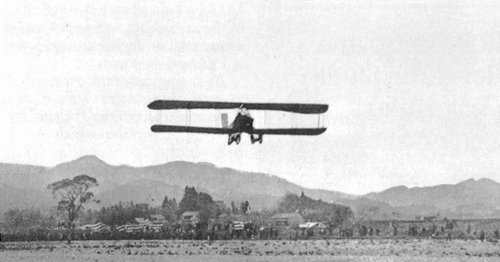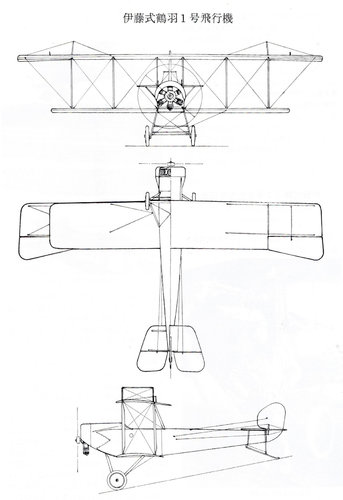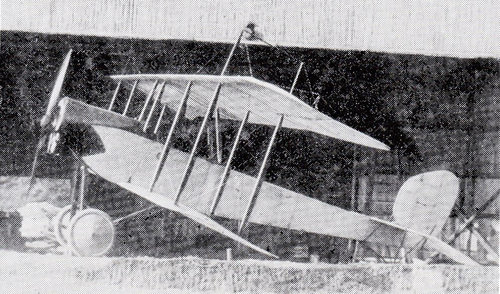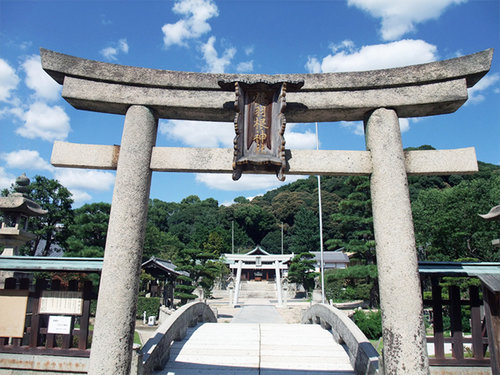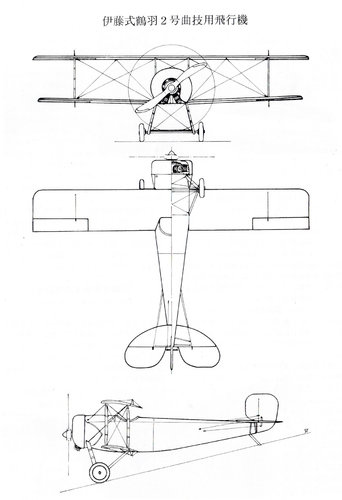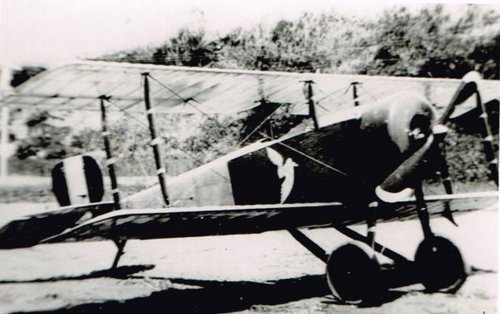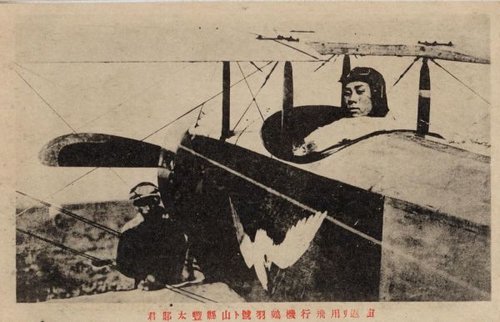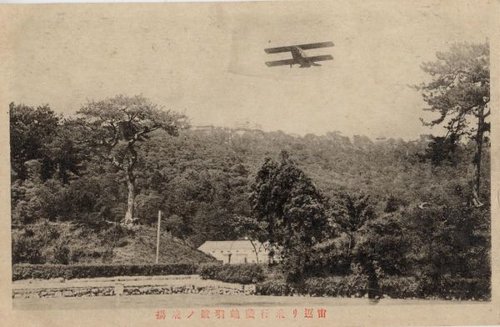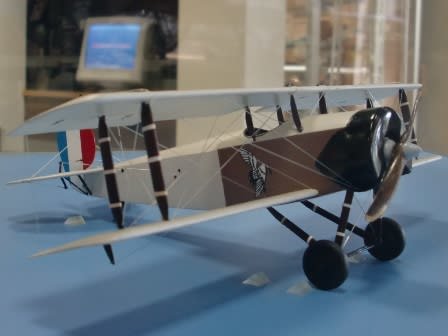You are using an out of date browser. It may not display this or other websites correctly.
You should upgrade or use an alternative browser.
You should upgrade or use an alternative browser.
Itoh Aircraft and Projects
- Thread starter hesham
- Start date
blackkite
Don't laugh, don't cry, don't even curse, but.....
- Joined
- 31 May 2007
- Messages
- 8,821
- Reaction score
- 7,723
I can't find any information about Etoh Emi(伊藤恵美)-49 sports plane.
I can find Etho Emi-30 sports plane pictures.
It was a smallest sports plane in Japan when 1921.
Engine:air cooled radial 5 cylinder 50HP, wing span:5.8m, length:5.11m, wing area:13m2, MTOW:605kg, max speed:129km/h
I can find Etho Emi-30 sports plane pictures.
It was a smallest sports plane in Japan when 1921.
Engine:air cooled radial 5 cylinder 50HP, wing span:5.8m, length:5.11m, wing area:13m2, MTOW:605kg, max speed:129km/h
Attachments
Maveric
Fight for yor Right!
- Joined
- 14 January 2007
- Messages
- 2,232
- Reaction score
- 855
Hi all,
I search for informations about unknown Itoh aircraft:
I need the numbers Emi 15, Emi 21, Emi 26 and 27, Emi 32 to 49.
I know the Itoh company involved in aircraft overhaul and in coversions. These aircraft were given the Emi name followed by a number. Anybody know these numbers to complete the list. If you can please. I need pics and technical data.
Thanks
I search for informations about unknown Itoh aircraft:
I need the numbers Emi 15, Emi 21, Emi 26 and 27, Emi 32 to 49.
I know the Itoh company involved in aircraft overhaul and in coversions. These aircraft were given the Emi name followed by a number. Anybody know these numbers to complete the list. If you can please. I need pics and technical data.
Thanks
- Joined
- 25 June 2009
- Messages
- 14,765
- Reaction score
- 6,184
Itoh Emi-22:
Attachments
-
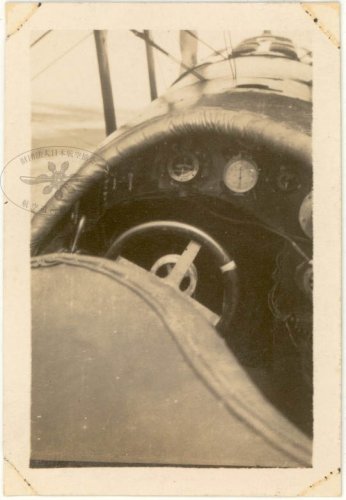 Itoh Emi 22 (J-TIQT) cockpit.jpg53.4 KB · Views: 46
Itoh Emi 22 (J-TIQT) cockpit.jpg53.4 KB · Views: 46 -
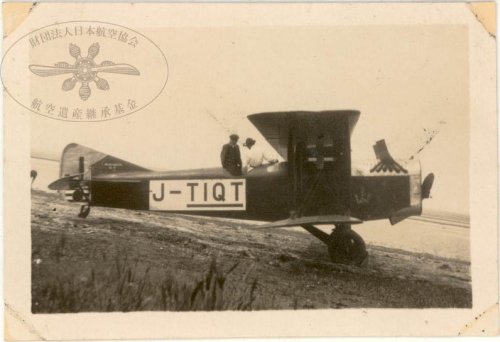 Itoh Emi 22 (J-TIQT) right.jpg59.4 KB · Views: 49
Itoh Emi 22 (J-TIQT) right.jpg59.4 KB · Views: 49 -
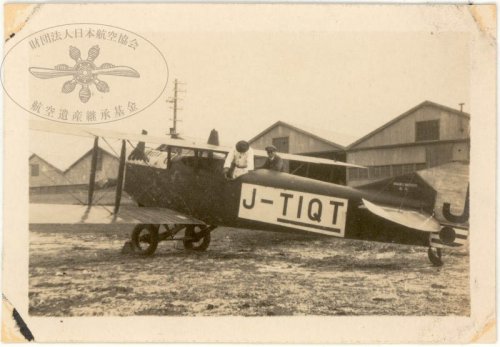 Itoh Emi 22 (J-TIQT) left.jpg71.1 KB · Views: 45
Itoh Emi 22 (J-TIQT) left.jpg71.1 KB · Views: 45 -
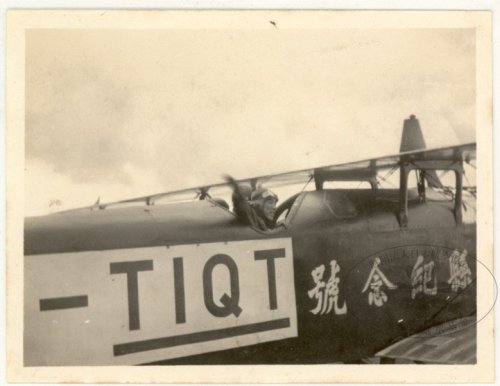 Itoh Emi 22 (J-TIQT)_7.jpg71.3 KB · Views: 40
Itoh Emi 22 (J-TIQT)_7.jpg71.3 KB · Views: 40 -
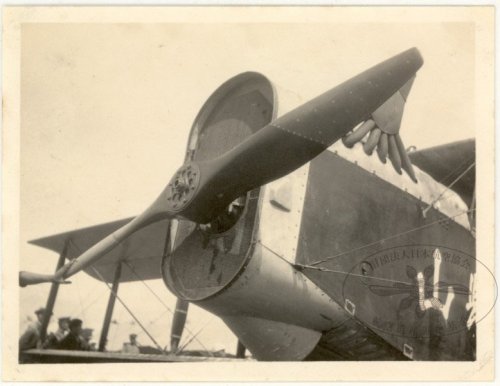 Itoh Emi 22 (J-TIQT)_6.jpg76.5 KB · Views: 37
Itoh Emi 22 (J-TIQT)_6.jpg76.5 KB · Views: 37 -
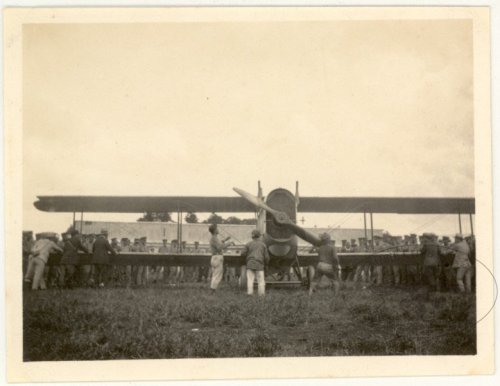 Itoh Emi 22 (J-TIQT)_5.jpg75.1 KB · Views: 37
Itoh Emi 22 (J-TIQT)_5.jpg75.1 KB · Views: 37 -
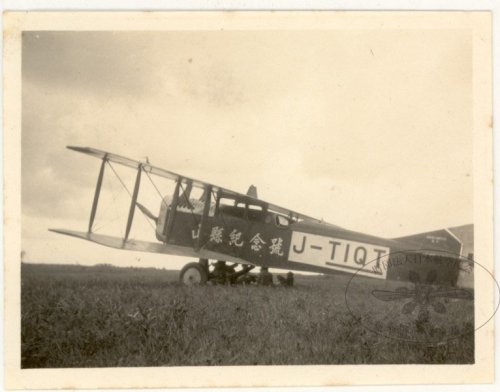 Itoh Emi 22 (J-TIQT)_4.jpg74 KB · Views: 40
Itoh Emi 22 (J-TIQT)_4.jpg74 KB · Views: 40 -
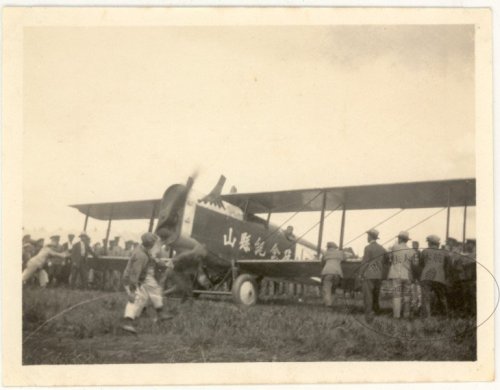 Itoh Emi 22 (J-TIQT)_3.jpg69.8 KB · Views: 43
Itoh Emi 22 (J-TIQT)_3.jpg69.8 KB · Views: 43 -
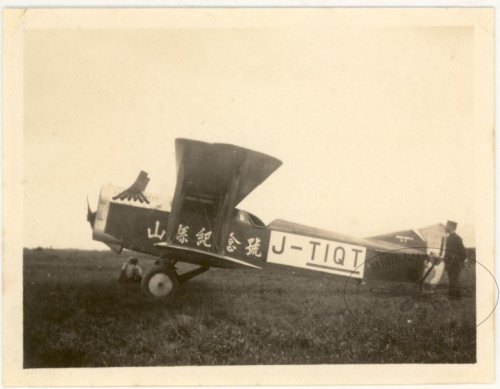 Itoh Emi 22 (J-TIQT)_2.jpg70.2 KB · Views: 49
Itoh Emi 22 (J-TIQT)_2.jpg70.2 KB · Views: 49 -
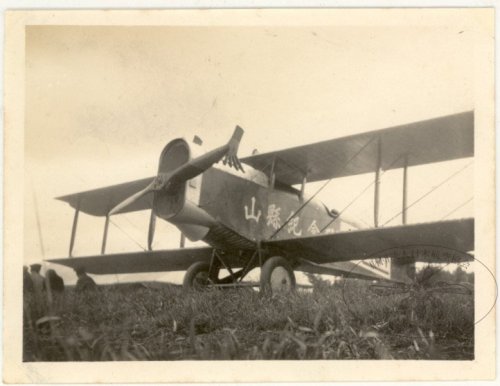 Itoh Emi 22 (J-TIQT)_1.jpg77.9 KB · Views: 51
Itoh Emi 22 (J-TIQT)_1.jpg77.9 KB · Views: 51
- Joined
- 25 June 2009
- Messages
- 14,765
- Reaction score
- 6,184
Itoh Emi-25:
Attachments
-
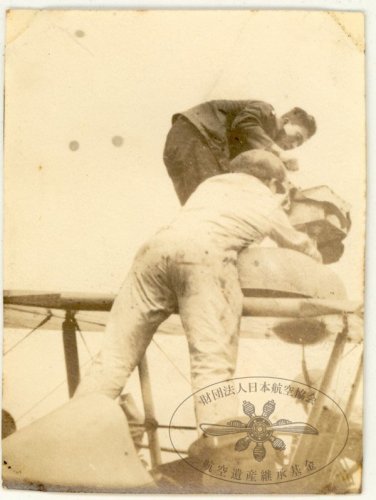 Itoh 25 training aircraft (J-TOGK) detail.jpg82.2 KB · Views: 31
Itoh 25 training aircraft (J-TOGK) detail.jpg82.2 KB · Views: 31 -
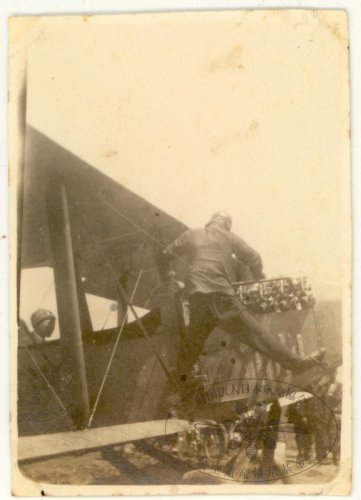 Itoh 25 training aircraft (J-TOGK) engine.jpg80.3 KB · Views: 35
Itoh 25 training aircraft (J-TOGK) engine.jpg80.3 KB · Views: 35 -
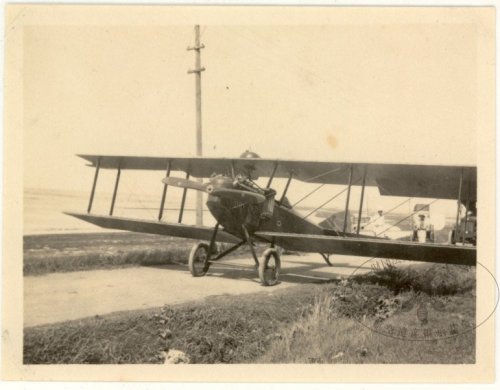 Itoh Emi 25 training aircraft (J-TOGK).jpg84.7 KB · Views: 39
Itoh Emi 25 training aircraft (J-TOGK).jpg84.7 KB · Views: 39 -
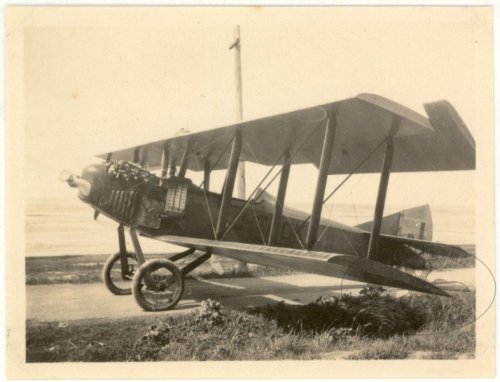 Itoh Emi 25 training aircraft (J-TOGK) left.jpg88.9 KB · Views: 41
Itoh Emi 25 training aircraft (J-TOGK) left.jpg88.9 KB · Views: 41 -
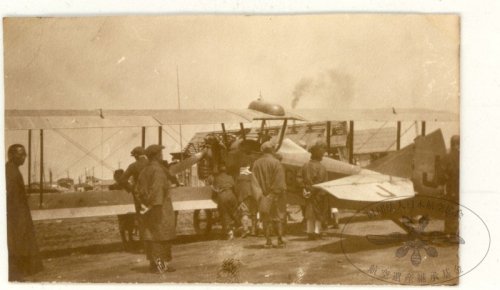 Itoh 25 training aircraft (J-TOGK).jpg71 KB · Views: 29
Itoh 25 training aircraft (J-TOGK).jpg71 KB · Views: 29 -
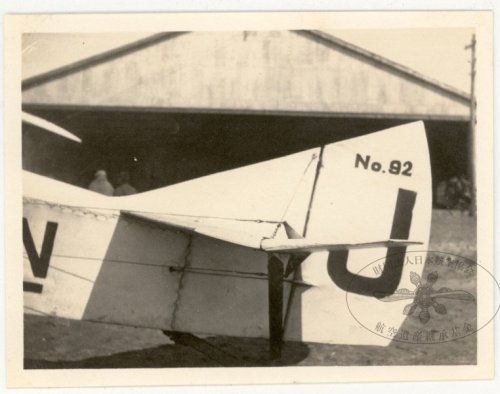 Itoh 25 tail (J-TELN).jpg75.7 KB · Views: 32
Itoh 25 tail (J-TELN).jpg75.7 KB · Views: 32 -
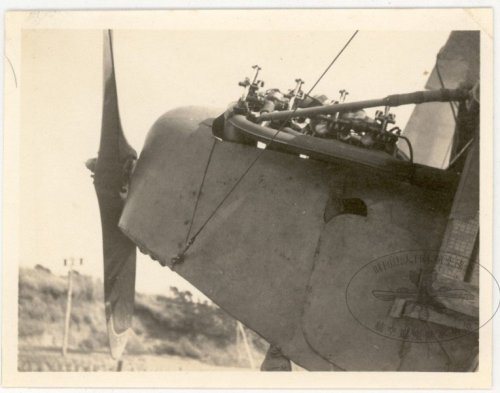 Itoh 25 engine (J-TELN).jpg74.4 KB · Views: 32
Itoh 25 engine (J-TELN).jpg74.4 KB · Views: 32 -
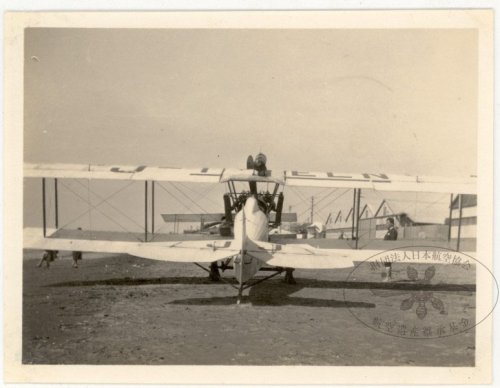 Itoh 25 rear (J-TELN).jpg78.5 KB · Views: 35
Itoh 25 rear (J-TELN).jpg78.5 KB · Views: 35 -
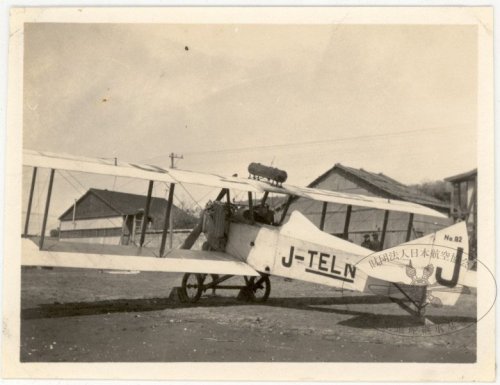 Itoh 25 (J-TELN).jpg85.4 KB · Views: 41
Itoh 25 (J-TELN).jpg85.4 KB · Views: 41
- Joined
- 25 June 2009
- Messages
- 14,765
- Reaction score
- 6,184
Itoh Emi-26 (Laird Swallow):
Attachments
- Joined
- 25 June 2009
- Messages
- 14,765
- Reaction score
- 6,184
Itoh Emi-30:
Attachments
-
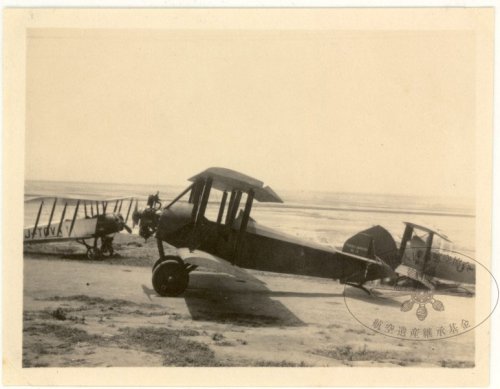 Itoh 30 + Avro 504K (J-TOVA) + Harumi Salmson 2.A2 ' Asahi 17' (J-TONR).jpg76.3 KB · Views: 48
Itoh 30 + Avro 504K (J-TOVA) + Harumi Salmson 2.A2 ' Asahi 17' (J-TONR).jpg76.3 KB · Views: 48 -
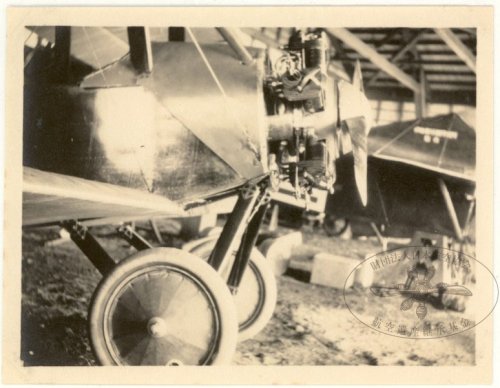 Itoh 30 sports plane 4.jpg98.2 KB · Views: 46
Itoh 30 sports plane 4.jpg98.2 KB · Views: 46 -
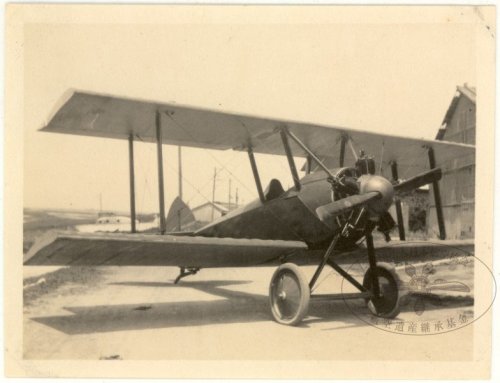 Itoh 30 sports plane 3.jpg77.9 KB · Views: 56
Itoh 30 sports plane 3.jpg77.9 KB · Views: 56 -
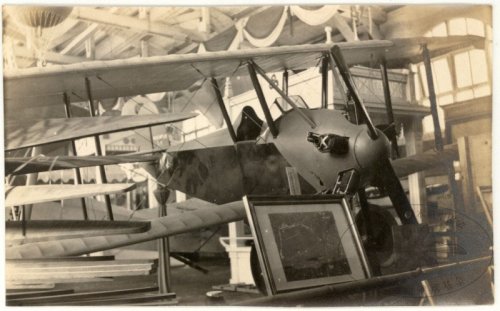 Itoh 30 sports plane 2.jpg92.9 KB · Views: 51
Itoh 30 sports plane 2.jpg92.9 KB · Views: 51 -
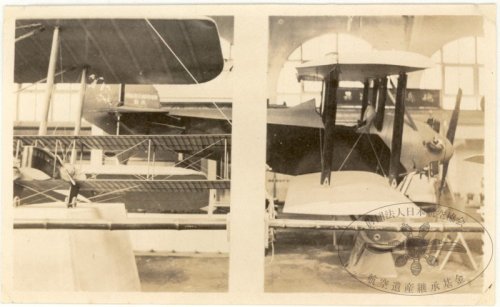 Itoh 30 sports plane 1.jpg82.6 KB · Views: 39
Itoh 30 sports plane 1.jpg82.6 KB · Views: 39 -
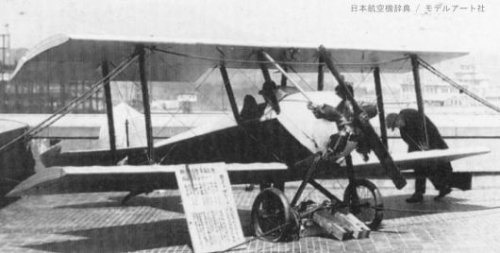 jp_c_itou-emi-30_1922.jpg24.2 KB · Views: 40
jp_c_itou-emi-30_1922.jpg24.2 KB · Views: 40
- Joined
- 25 June 2009
- Messages
- 14,765
- Reaction score
- 6,184
- Joined
- 25 June 2009
- Messages
- 14,765
- Reaction score
- 6,184
Itoh Toku 34 (Special), a modified Sopwith Type 2:
Attachments
-
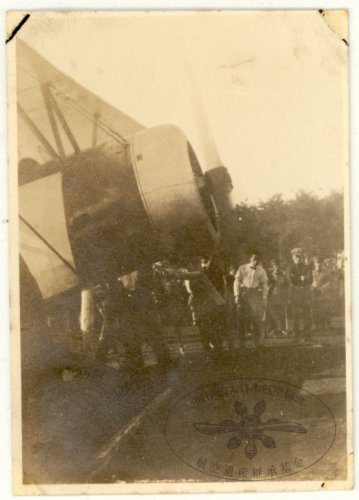 Itoh Toku 34 (Special), a modified Sopwith Type 2 (J-TINQ)_engine.jpg87.3 KB · Views: 25
Itoh Toku 34 (Special), a modified Sopwith Type 2 (J-TINQ)_engine.jpg87.3 KB · Views: 25 -
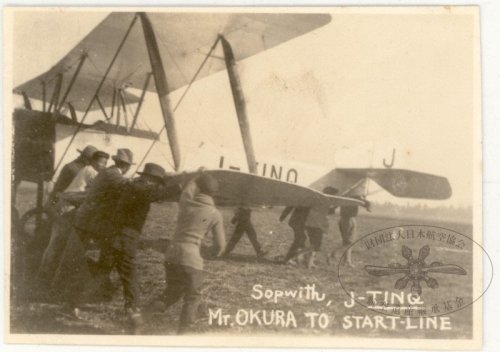 Itoh Toku 34 (Special), a modified Sopwith Type 2 (J-TINQ)_5.jpg80.4 KB · Views: 25
Itoh Toku 34 (Special), a modified Sopwith Type 2 (J-TINQ)_5.jpg80.4 KB · Views: 25 -
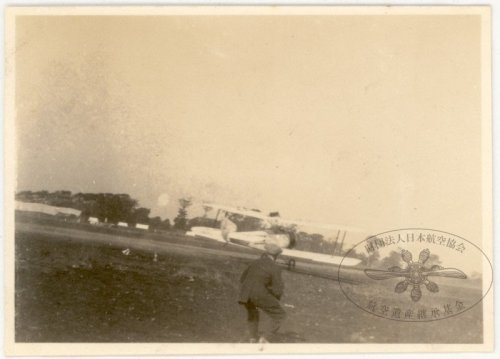 Itoh Toku 34 (Special), a modified Sopwith Type 2 (J-TINQ)_4.jpg69.9 KB · Views: 32
Itoh Toku 34 (Special), a modified Sopwith Type 2 (J-TINQ)_4.jpg69.9 KB · Views: 32 -
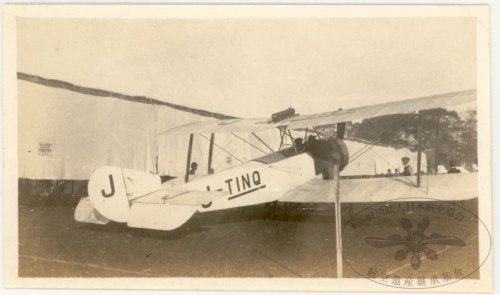 Itoh Toku 34 (Special), a modified Sopwith Type 2 (J-TINQ)_3.jpg67 KB · Views: 42
Itoh Toku 34 (Special), a modified Sopwith Type 2 (J-TINQ)_3.jpg67 KB · Views: 42 -
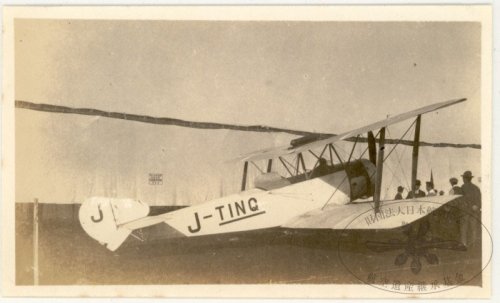 Itoh Toku 34 (Special), a modified Sopwith Type 2 (J-TINQ)_2.jpg70.9 KB · Views: 46
Itoh Toku 34 (Special), a modified Sopwith Type 2 (J-TINQ)_2.jpg70.9 KB · Views: 46 -
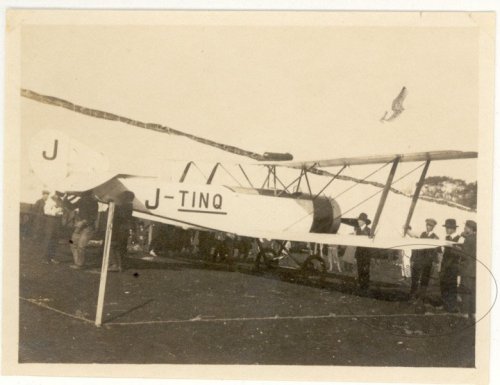 Itoh Toku 34 (Special), a modified Sopwith Type 2 (J-TINQ)_1.jpg85 KB · Views: 45
Itoh Toku 34 (Special), a modified Sopwith Type 2 (J-TINQ)_1.jpg85 KB · Views: 45
- Joined
- 25 June 2009
- Messages
- 14,765
- Reaction score
- 6,184
Itoh gliders:
- A-2
- C-2
- C-5
- C-6
- D-1
Attachments
- Joined
- 26 May 2006
- Messages
- 34,932
- Reaction score
- 15,805
Skyblazer said:Itoh gliders:
- A-2
- C-2
- C-5
- C-6
- D-1
Those new for me,thank you my dear Skyblazer.
- Joined
- 26 May 2006
- Messages
- 34,932
- Reaction score
- 15,805
Skyblazer said:Itoh Toku 34 (Special), a modified Sopwith Type 2:
Was that meaning Emi-34 ?.
- Joined
- 26 May 2006
- Messages
- 34,932
- Reaction score
- 15,805
Some Itoh airplanes.
Attachments
blackkite
Don't laugh, don't cry, don't even curse, but.....
- Joined
- 31 May 2007
- Messages
- 8,821
- Reaction score
- 7,723
Hi! The Ito Emi(恵美) 1 Aeroplane three side view drawing.
Source : ENCYCLOPEDIA OF JAPANESE AIRCRAFT VOL.8
”Ito Shiki "Emi 1"
In February 1915, Otojiro Ito planned to create an airplane for his own use. The purpose of the airplane was to go around the country and show that the airplane was like this. Therefore, Ito put the first aim of the design to be able to take off and land anywhere, and put the position of the wheel in front of the center of gravity in preparation for the landing to the place where the unevenness was terrible, and various devices were put together by making the wing larger and reducing the wing surface load.
Because the structure of the aircraft was made of wooden feathers, he purchased cypress wood from wood shops in Kanda and Fukagawa in Tokyo, and oak wood from the place where the wagon was made. Production began in early September 1912, completed on November 21, and on November 22, Einosuke Shirato rode a test flight. The plane was named "Emi-go" from ebisu-cho (恵美須町) in Osaka, where he was born, and the meaning of the beautiful(美しい) blessings(恵み) of many seniors.
On January 8, 1912, Ito left Inage at noon on the Emi, swerd left over the Sumida River, flew over Hamarikyu from Tsukiji, and returned safely to Inage 55 minutes later. This was the first visit to Teito (capital, Tokyo) as a private aircraft, and Otojiro Ito's name became known all over the country.
Starting on April 21, 1912, Otojiro Ito continued a seven-month patrol flight from Nagano, Saitama, Yamanashi to China, Kyushu, and Shikoku, and returned safely to Inage in November."
Source : ENCYCLOPEDIA OF JAPANESE AIRCRAFT VOL.8
”Ito Shiki "Emi 1"
In February 1915, Otojiro Ito planned to create an airplane for his own use. The purpose of the airplane was to go around the country and show that the airplane was like this. Therefore, Ito put the first aim of the design to be able to take off and land anywhere, and put the position of the wheel in front of the center of gravity in preparation for the landing to the place where the unevenness was terrible, and various devices were put together by making the wing larger and reducing the wing surface load.
Because the structure of the aircraft was made of wooden feathers, he purchased cypress wood from wood shops in Kanda and Fukagawa in Tokyo, and oak wood from the place where the wagon was made. Production began in early September 1912, completed on November 21, and on November 22, Einosuke Shirato rode a test flight. The plane was named "Emi-go" from ebisu-cho (恵美須町) in Osaka, where he was born, and the meaning of the beautiful(美しい) blessings(恵み) of many seniors.
On January 8, 1912, Ito left Inage at noon on the Emi, swerd left over the Sumida River, flew over Hamarikyu from Tsukiji, and returned safely to Inage 55 minutes later. This was the first visit to Teito (capital, Tokyo) as a private aircraft, and Otojiro Ito's name became known all over the country.
Starting on April 21, 1912, Otojiro Ito continued a seven-month patrol flight from Nagano, Saitama, Yamanashi to China, Kyushu, and Shikoku, and returned safely to Inage in November."
Attachments
Last edited:
- Joined
- 26 May 2006
- Messages
- 34,932
- Reaction score
- 15,805
In Japan, the number 4 is unfavorable.
In Japan, 4 is pronounced as shi, but this is the same pronunciation as death.
OK,what about Emi-7 & Emi-8 ?.
blackkite
Don't laugh, don't cry, don't even curse, but.....
- Joined
- 31 May 2007
- Messages
- 8,821
- Reaction score
- 7,723
blackkite
Don't laugh, don't cry, don't even curse, but.....
- Joined
- 31 May 2007
- Messages
- 8,821
- Reaction score
- 7,723
Hi!
The Ito Emi 3 Seaplane.
Pilot Otojiro Ito started designing a seaplane in 1915. The Hall-Scott 80hp engine with a lot of faults was used by removing it from the Christopher Flying Boat. This engine required repair and adjust before use. This plane was completed in August 1916, and after showing good results for the first time as a civilian plane, it was disassembled, transported by rail from Shinshu to Osaka, and maintained in a hangar on the coast of Nishinomiya City. On September 5th of that year, took off the coast of Nishinomiya, succeeded in turning flight for more than a dozen minutes, and succeeded in touring flights thereafter. This airplane was the first domestic private seaplane to make stable turning flight easy.
The Ito Emi 3 Seaplane.
Pilot Otojiro Ito started designing a seaplane in 1915. The Hall-Scott 80hp engine with a lot of faults was used by removing it from the Christopher Flying Boat. This engine required repair and adjust before use. This plane was completed in August 1916, and after showing good results for the first time as a civilian plane, it was disassembled, transported by rail from Shinshu to Osaka, and maintained in a hangar on the coast of Nishinomiya City. On September 5th of that year, took off the coast of Nishinomiya, succeeded in turning flight for more than a dozen minutes, and succeeded in touring flights thereafter. This airplane was the first domestic private seaplane to make stable turning flight easy.
Attachments
blackkite
Don't laugh, don't cry, don't even curse, but.....
- Joined
- 31 May 2007
- Messages
- 8,821
- Reaction score
- 7,723
Hi! The Itoh Emi 2 Aeroplane and pilot Otojiro Ito.
At the beginning of 1916, Otojiro Ito designed and manufactured the Emi Type 2 as an airplane to replace the aging Emi Type 1. The Emi 2 type engine and propeller were diverted from the Emi 1 type. In order to improve the performance of the Emi 2 type, the size of the aircraft was reduced, the span of the main wing was shortened, and a wing type with low air resistance was adopted. The landing gear was changed from a four-wheel type to a two-wheel type, and a rubber string shock absorber was attached. The Emi Type 2 was completed in April 1916, and recorded a climb time of 3 minutes and 40 seconds up to an altitude of 500 m in its first flight. The public flight was carried out in various places from May.
Source : Japanese Aircraft Large Picture Book.
https://flyingmachines.ru/Site2/Crafts/Craft31322.htm
At the beginning of 1916, Otojiro Ito designed and manufactured the Emi Type 2 as an airplane to replace the aging Emi Type 1. The Emi 2 type engine and propeller were diverted from the Emi 1 type. In order to improve the performance of the Emi 2 type, the size of the aircraft was reduced, the span of the main wing was shortened, and a wing type with low air resistance was adopted. The landing gear was changed from a four-wheel type to a two-wheel type, and a rubber string shock absorber was attached. The Emi Type 2 was completed in April 1916, and recorded a climb time of 3 minutes and 40 seconds up to an altitude of 500 m in its first flight. The public flight was carried out in various places from May.
Source : Japanese Aircraft Large Picture Book.
https://flyingmachines.ru/Site2/Crafts/Craft31322.htm
Attachments
-
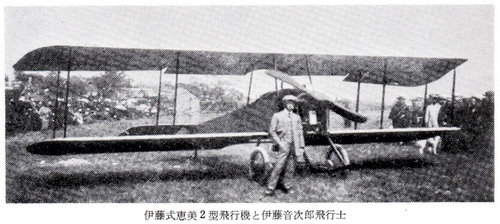 The Ito Emi 2 aircraft and pilot Otojiro Ito.JPG314.2 KB · Views: 45
The Ito Emi 2 aircraft and pilot Otojiro Ito.JPG314.2 KB · Views: 45 -
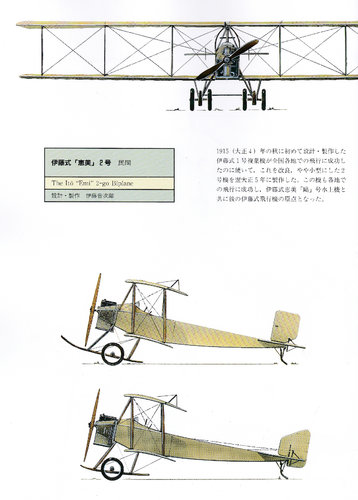 The Ito Emi 2.jpg1.4 MB · Views: 48
The Ito Emi 2.jpg1.4 MB · Views: 48 -
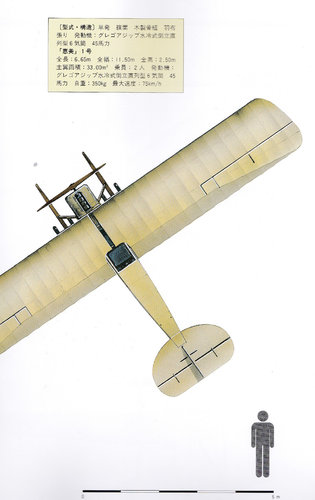 The Ito Emi 2 plan view.jpg468.1 KB · Views: 50
The Ito Emi 2 plan view.jpg468.1 KB · Views: 50 -
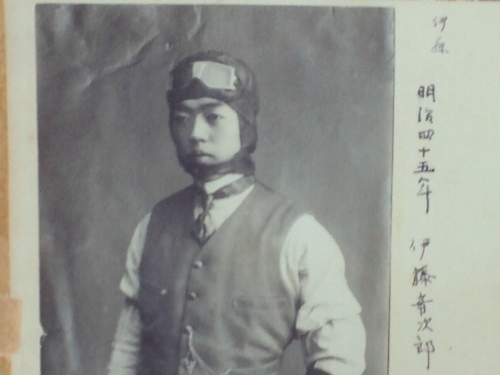 Otojiro Ito.png412.2 KB · Views: 31
Otojiro Ito.png412.2 KB · Views: 31 -
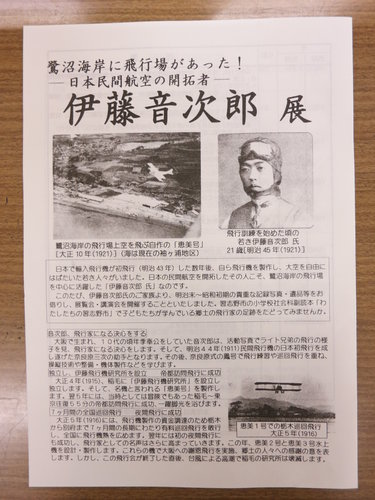 20120729140605_original.jpg2.6 MB · Views: 26
20120729140605_original.jpg2.6 MB · Views: 26 -
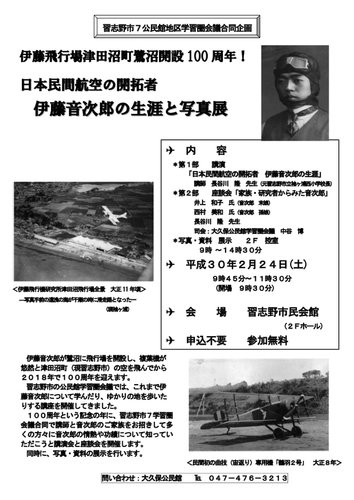 Otojiro Ito and his airfield.jpg313.8 KB · Views: 29
Otojiro Ito and his airfield.jpg313.8 KB · Views: 29 -
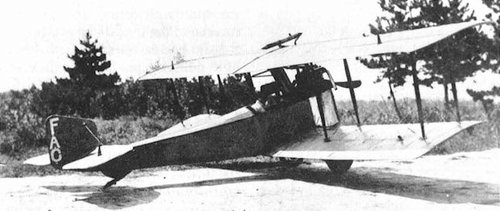 49-2.jpg35.2 KB · Views: 39
49-2.jpg35.2 KB · Views: 39
Last edited:
blackkite
Don't laugh, don't cry, don't even curse, but.....
- Joined
- 31 May 2007
- Messages
- 8,821
- Reaction score
- 7,723
Hi! Ito Tsurubane No.1 Aeroplane.
The Ito Airplane Research Institute lost its hangar at the Tokyo Bay tsunami that occurred on October 1, 1917. Fortunately, the research personnel and the aircraft were not injured during their stay in Osaka.
In April 1918, Ito Aircraft Research Institute installed a new hangar, factory and office on Saginuma coast, 2 km away from Tsudanuma Station on the Boso Line. Director Ito invited Tomokazu Inagaki, who had been making an airplane himself in Osaka, as a design collaborator to the institute and concentrated building new aircraft with genius pilot teacher Toyotaro Yamagata. The first plane was the Tsurubane No. 1 trainer. This airplane became a training machine with good stability, and was named Tsurubane after the name of Tsurubane (Crane feather) Shrine, which is the god of Hiroshima, the hometown of Yamagata pilot. This plane was completed in the summer of 1918, and after making a visit flight to Hiroshima, went to Korea and made a touring flight. In 1919, made an open flight in Osaka.
You can see crane feather shape mountain in the last picture.
The Ito Airplane Research Institute lost its hangar at the Tokyo Bay tsunami that occurred on October 1, 1917. Fortunately, the research personnel and the aircraft were not injured during their stay in Osaka.
In April 1918, Ito Aircraft Research Institute installed a new hangar, factory and office on Saginuma coast, 2 km away from Tsudanuma Station on the Boso Line. Director Ito invited Tomokazu Inagaki, who had been making an airplane himself in Osaka, as a design collaborator to the institute and concentrated building new aircraft with genius pilot teacher Toyotaro Yamagata. The first plane was the Tsurubane No. 1 trainer. This airplane became a training machine with good stability, and was named Tsurubane after the name of Tsurubane (Crane feather) Shrine, which is the god of Hiroshima, the hometown of Yamagata pilot. This plane was completed in the summer of 1918, and after making a visit flight to Hiroshima, went to Korea and made a touring flight. In 1919, made an open flight in Osaka.
You can see crane feather shape mountain in the last picture.
Attachments
Last edited:
blackkite
Don't laugh, don't cry, don't even curse, but.....
- Joined
- 31 May 2007
- Messages
- 8,821
- Reaction score
- 7,723
Hi! The Ito Tsurubane No.2 Aerobat-plane model flight movie, three side view drawing and pictures.
View: https://www.youtube.com/watch?v=Aw_AMxwDVDk
http://hikokikumo.net/a3522-02-Yamagata.htm
http://hikokikumo.net/a3522-02-Yamagata.htm
Attachments
Last edited:
blackkite
Don't laugh, don't cry, don't even curse, but.....
- Joined
- 31 May 2007
- Messages
- 8,821
- Reaction score
- 7,723
In the early Taisho era, the main task of civil aviation was to use domestic and imported aircraft to hold toll flights throughout the country, showing what an aircraft is like this.
The prototype of this toll flight was created by the Boldwin squadron, which came to Japan in 1911.
Charles Niles, which came to Japan in December 1915, Art Smith, who came to Japan in March 1916, and Cazason-Stinson, who came to Japan in December 1916, performed various aerobatics such as looping and rolling over, and gathered to hear the reputation of the crowd.
Because it was such a situation, there were a lot of people who strongly desired the realization of aerobatics in the person concerned of the civil aviation in Japan, too.
After the destruction of Inage in the storm surge of 1912, Ito Airplane Research Institute started its activities in 1912 after a suitable place in Saginuma (now Narashino City) in Tsudanuma Town, and Tomoshi Inagaki, a graduate of Tokyo Advanced Technology (the predecessor of Tokyo Institute of Technology), joined the institute. Inagaki designed Tsuruhane No. 2 as a aerobatic aircraft from the beginning. At that time, there was no airplane dedicated to aerobatics in the IJA and the IJN, and Inagaki had a great hard time making this up.
In addition, Toyotaro Yamagata had not experience for looping. Inagaki looked for the book of the maneuver published in England, explained the aerobatic control method to Yamagata., and Yamagata also bound his body to get sense of looping, and wanted to the test flight of "Tsuruhane No. 2".
The test began on April 24, 1912, and on May 4, 10 days later, he finally succeeded looping.
On May 10, The City of Tokyo celebrated the 50th anniversary of the relocation of the city, Yamagata took part in a commemorative celebratory flight of the Imperial Flight Association on Tsuruhane No. 2. In the wind speed 2Om, he took off from the airfield of Suzaki and performed two loopings.
Yamagata became a leading expert in aerobatics after being acclaimed for the evening edition of many newspapers of the day.
The prototype of this toll flight was created by the Boldwin squadron, which came to Japan in 1911.
Charles Niles, which came to Japan in December 1915, Art Smith, who came to Japan in March 1916, and Cazason-Stinson, who came to Japan in December 1916, performed various aerobatics such as looping and rolling over, and gathered to hear the reputation of the crowd.
Because it was such a situation, there were a lot of people who strongly desired the realization of aerobatics in the person concerned of the civil aviation in Japan, too.
After the destruction of Inage in the storm surge of 1912, Ito Airplane Research Institute started its activities in 1912 after a suitable place in Saginuma (now Narashino City) in Tsudanuma Town, and Tomoshi Inagaki, a graduate of Tokyo Advanced Technology (the predecessor of Tokyo Institute of Technology), joined the institute. Inagaki designed Tsuruhane No. 2 as a aerobatic aircraft from the beginning. At that time, there was no airplane dedicated to aerobatics in the IJA and the IJN, and Inagaki had a great hard time making this up.
In addition, Toyotaro Yamagata had not experience for looping. Inagaki looked for the book of the maneuver published in England, explained the aerobatic control method to Yamagata., and Yamagata also bound his body to get sense of looping, and wanted to the test flight of "Tsuruhane No. 2".
The test began on April 24, 1912, and on May 4, 10 days later, he finally succeeded looping.
On May 10, The City of Tokyo celebrated the 50th anniversary of the relocation of the city, Yamagata took part in a commemorative celebratory flight of the Imperial Flight Association on Tsuruhane No. 2. In the wind speed 2Om, he took off from the airfield of Suzaki and performed two loopings.
Yamagata became a leading expert in aerobatics after being acclaimed for the evening edition of many newspapers of the day.
Last edited:
Similar threads
-
-
-
Prikryl-Blecha aircraft and PB-3 mystery?
- Started by hesham
- Replies: 7
-
-

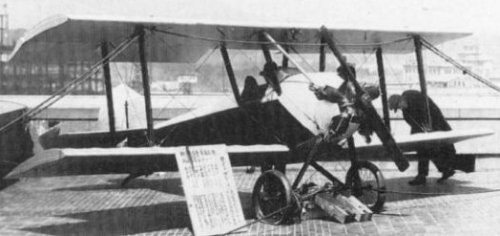
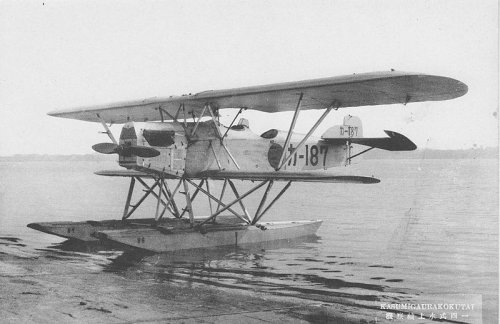
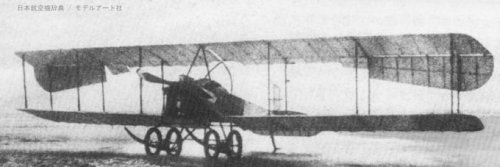
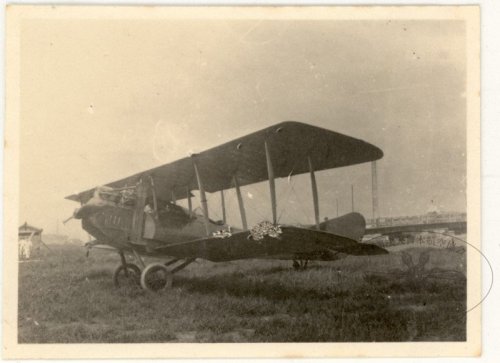
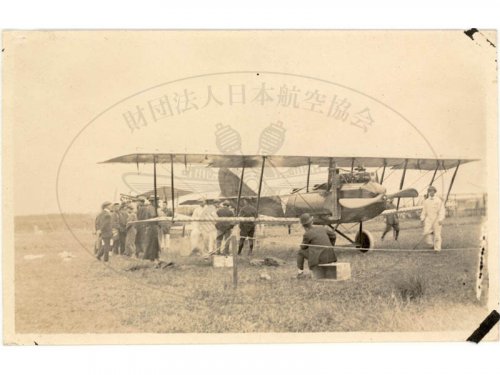
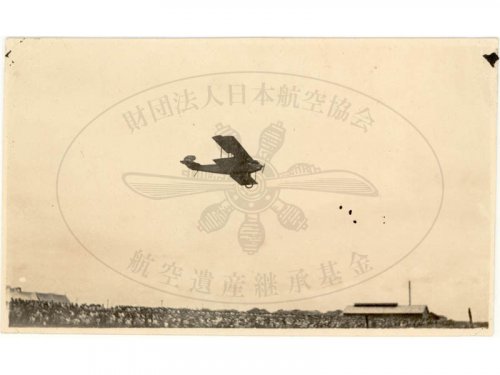
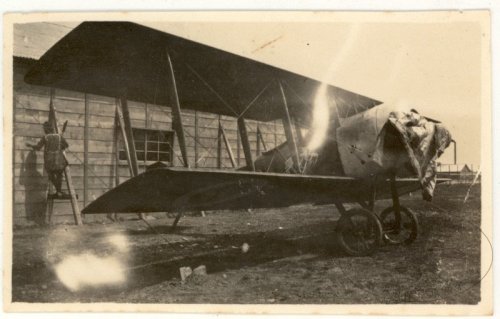
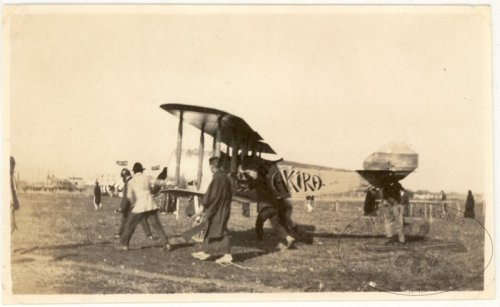
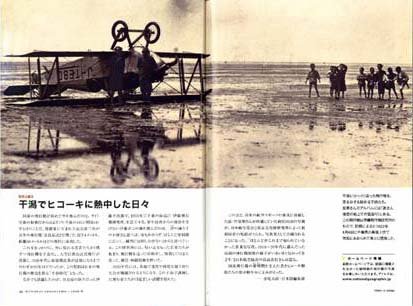
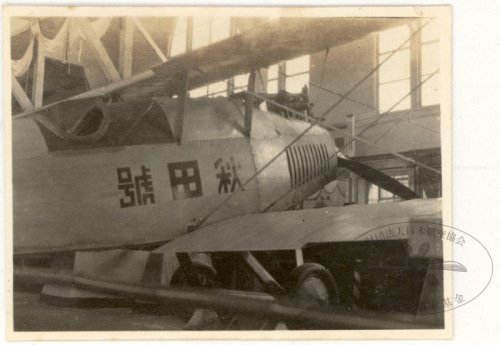
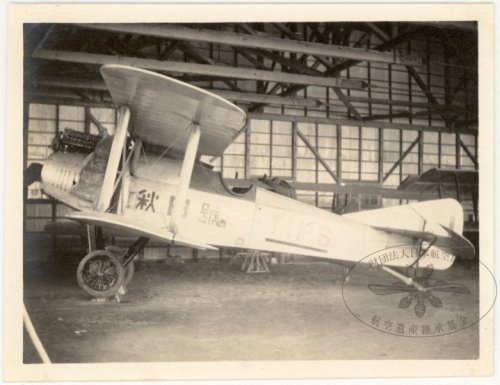
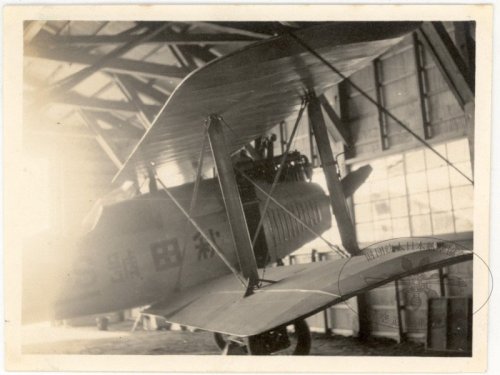
![Laird Baby biplane [Swallow-officially Itoh Toku 26] (J-TEFH).jpg](/data/attachments/124/124222-0c27519f3c47dfc2f798731bb6dd87f9.jpg)
![Laird Baby biplane [Swallow-officially Itoh Toku 26] (J-TEFH) in flight.jpg](/data/attachments/124/124221-28560c9a4113202ead8b1323ac8fbd9a.jpg)
![Laird Baby biplane [Swallow-officially Itoh Toku 26] (J-TEFH) left.jpg](/data/attachments/124/124220-24100c6256fa68e568d19c88c1484edb.jpg)
